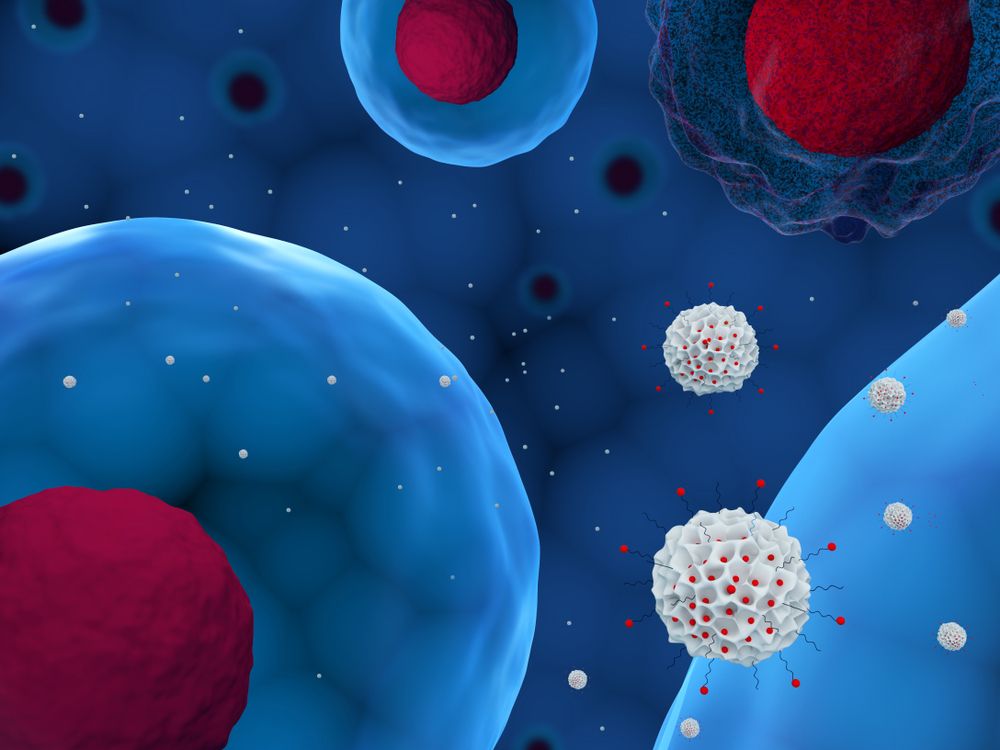Study Suggests New Function for AADC, the Enzyme Missing in AADC Deficiency

Aromatic L-amino acid decarboxylase (AADC), the enzyme deficient in patients with AADC deficiency, also is involved in the process of viral infections, a new study suggests.
The work sheds light on AADC functions outside the brain and suggests that AADC may have anti-viral effects, opening new possibilities in anti-viral therapy.
The study, “Emerging Role of l-Dopa Decarboxylase in Flaviviridae Virus Infections,” was published in the journal Cells.
AADC deficiency is a rare genetic disorder caused by mutations in the dopa decarboxylase (DDC) gene, which result in a reduced activity of the AADC enzyme. AADC is necessary for the production of neurotransmitters — chemical messengers used by nerve cells to communicate with each other — such as dopamine and serotonin.
Reduced activity of AADC, and consequently, reduced levels of dopamine and serotonin, trigger a variety of symptoms, including developmental delay, intellectual disability, movement disorders, muscle weakness, and problems in controlling blood pressure, heart rate, and body temperature.
Apart from its presence in the nervous system, AADC has been detected in several peripheral organs, such as the liver and kidneys. However, the role of AADC outside the brain remains unknown.
A recent study showed that AADC physically interacts with PI3K enzymes — involved in cell growth, survival, and death — in nerve, kidney, and liver cells. Also, regulation of PI3K activities is often taken over by viruses as a strategy to increase viral propagation.
This evidence, as well as the known involvement of peripheral dopamine and serotonin in the process of infection of hepatitis C and dengue viruses, suggest AADC may have a role in viral infections.
Researchers in Greece set out to evaluate the potential association between AADC and infection by hepatitis C and dengue viruses. These viruses, which belong to the same virus family, also have been shown to interact with PI3K to facilitate viral propagation.
Since liver cells are targets of both viruses, the team analyzed AADC levels and AADC-PI3K interaction in liver cells infected with each virus, as well as in liver samples from patients infected with hepatitis C.
The results showed that propagation of both viruses was associated with a reduction of AADC levels and a suppression of AADC-PI3K association. Also, blocking PI3K activity resulted in a similar reduction of AADC levels.
Thus, AADC-PI3K may be “a functional complex playing a significant role in the life cycle of the virus,” the researchers wrote.
Additional analysis showed that the overproduction of AADC suppressed the propagation of both viruses, while suppression of AADC activity promoted viral propagation.
This information points to a bi-directional inverse (contrary) association between AADC and propagation of hepatitis C and dengue viruses.
“Our results unravel the importance of DDC in the intricate interaction of … dengue and hepatitis C viruses … with the host cell and opens new possibilities in defining novel therapeutic targets,” the team concluded.






